Our Play Ideas for Babies
6th Sep 2022
Having a new baby is an exciting and daunting prospect, so we have included our go to play ideas for the first 12 months.

Babies need very little, other than you, for the first 3-4 months! A safe space on the floor with a play mat, mobile and play gym are good for developing eyesight and allowing little arms and legs to move.
From 5-6 months
Rattles
At this age, babies develop the strength and coordination to grasp. Now they’re ready to explore objects with all their senses – taste, smell, touch, sight, and sound. Babies first grasp objects with their whole hand (palmar grasp) and later develop the ability to grasp with their thumb and forefinger (pincer grasp).
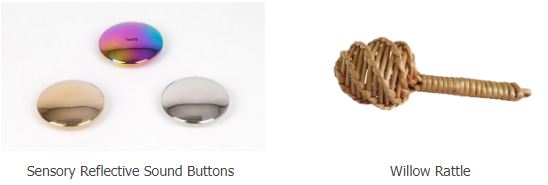
Treasure Baskets
You can add bits and bobs in different materials (wood, metal, and fabric) from around your home to these treasure baskets too! Wooden Dolly Pegs, egg whisks, a wooden spoon, a rubber plug with chain, a pastry brush, a scarf, a metal jar ring, a set of keys on a key ring are all fascinating for babies.

Loose Parts
There is no right or wrong way to use these open-ended objects and they’ll be used in different ways as your child grows. The simpler the object, the more complex the play! Wooden Rings can be used as a grasping, or mouthing toy by a baby, tied to a scarf and used as a handle for movement and dance, posted into a tissue box, stacked onto a paper towel holder or mug tree, threaded onto a scarf, and transferred from one container to another and transported. Later they can then be used with blocks for imaginary or small world play and used for maths to count, sort or pattern.
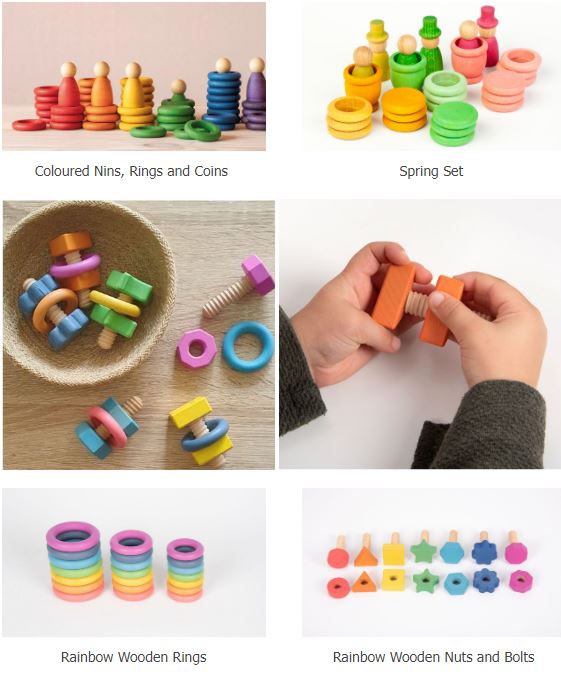
Blocks
These sets are the perfect size for small hands. Blocks help children learn about gravity, stability, balance, weight, and trial and error. They develop hand-eye coordination and strengthen finger and hand muscles. They also allow children to use their imagination and creativity.
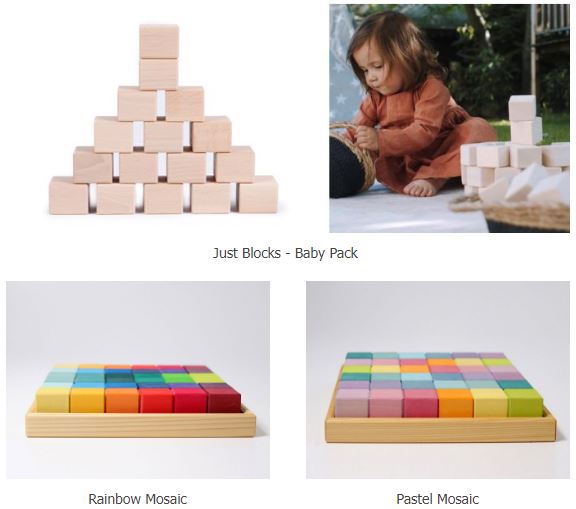
Stackers
A wonderful fine motor exercise that trains the eye to notice subtle differences. Sorting by any attribute provides early maths and langauge opportunities. Sorting biggest to smallest, smallest to biggest, what comes next, before, how many?
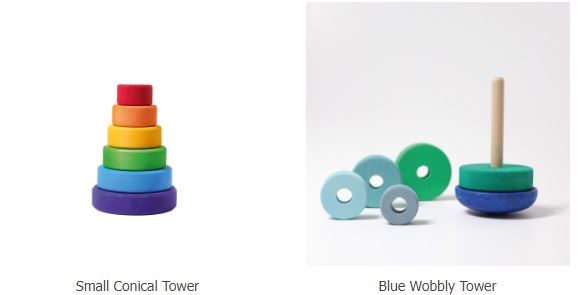
Once your baby starts to crawl
Balls, rolling toys and cars will give them an incentive to move!


View Rolling Toys and other Manipulatives

Musical Play
Music supports all areas of brain development. Shakers and scarves are perfect for musical play. They’re easy to grasp and give wonderful sensory feedback. Allow your child to be the musical leader and follow their lead. If your baby shakes the egg a certain number of times, try to repeat the number of shakes with your egg shaker. Children’s brains enjoy predictability, pattern, and repetition! Scarves can be moved in time with music. When listening to slow music, babies can lay on the floor and move their scarves, when listening to faster music, they can dance around with their scarves.
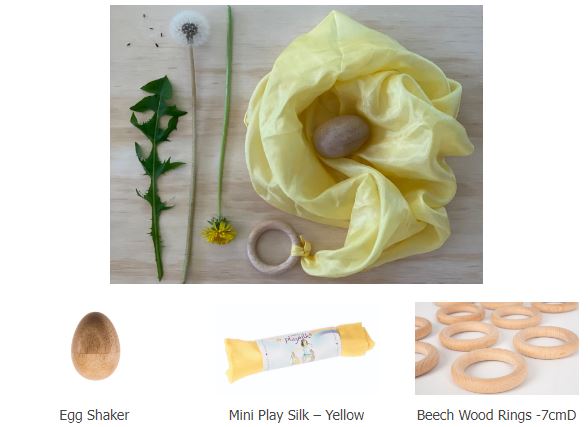
First Books
Babies love the sound of your voice and will enjoy you singing to them, no matter how well you sing! Our Song and Nursery Rhyme Books are wonderful prompts. And our bilingual board books are a simple way to introduce Te Reo Maori.
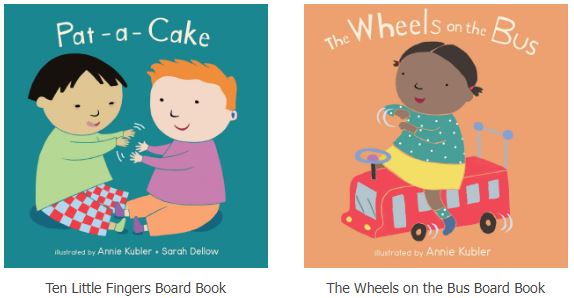
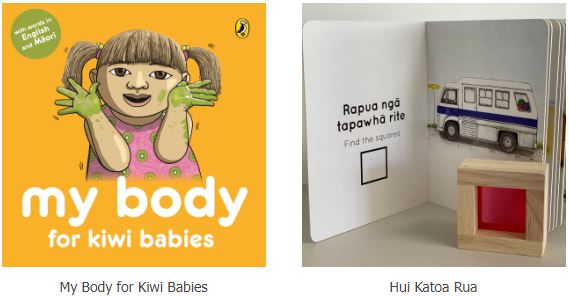
Sand and Water Play
A little sandpit in the back garden can provide hours of fun and wonderful practice for fine motor skills. Water seems to calm and excite babies in equal measure! A lovely warm bath before bed can soothe, whereas a tub of water in the sun with a few tipping and floating objects is super exciting.

We hope our product suggestions discount help you select some beautiful items for your little ones.

